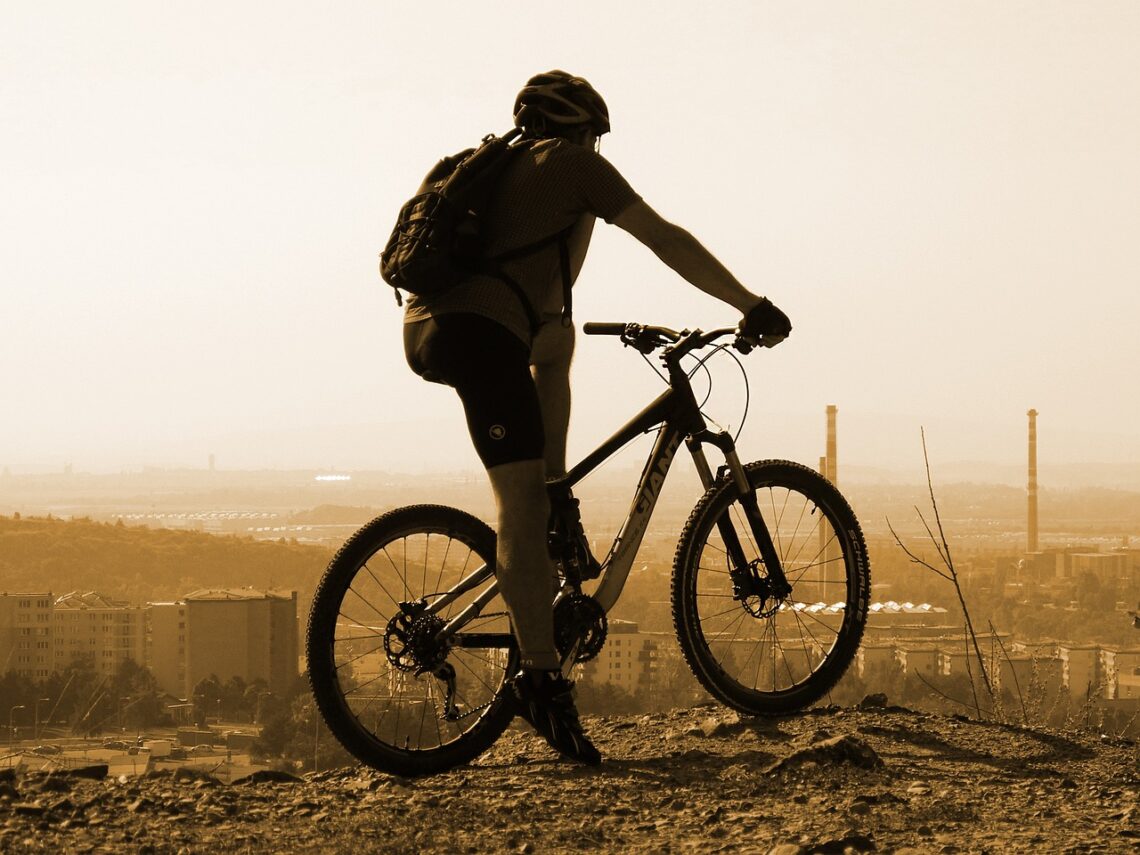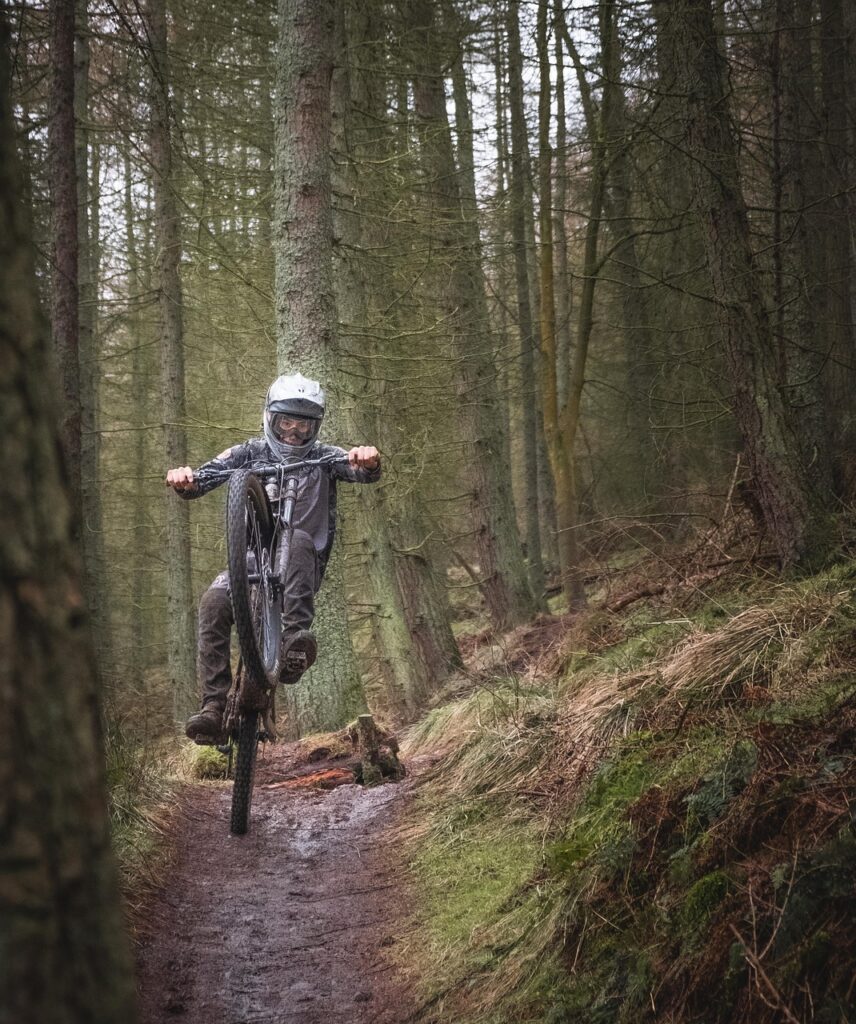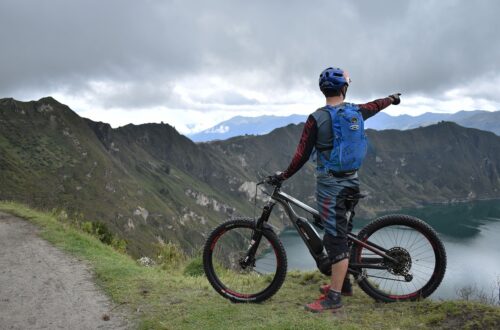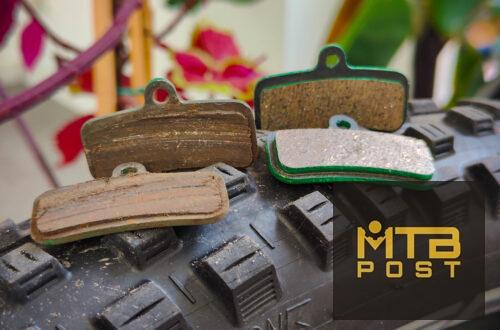
Do Wheelies Damage Your Mountain Bike?
Wheelies are just for showing off right? Well, yeah, but there’s more to it. Being able to perform a wheelie will actually make you a better mountain biker. But practicing wheelies isn’t easy and will take some effort. Do wheelies damage your mountain bike?
Whether a wheelie does damage to your mountain bike, depends on the experience of the rider and the quality level of the bike. It’s often the practicing process that can cause damage to the drivetrain, suspension or wheels. Doing it properly with a soft landing, will not harm your mountain bike.
In this article, we’ll take a closer look at how you can prevent your mountain bike from getting damaged by doing wheelies!
Do Wheelies Damage Your Mountain Bike?
Doing a wheelie looks easy when a pro mountain biker does it. But for an amateur, it’s quite a difficult skill to learn. Trying to get that front wheel in the air for longer than a few seconds, does take a fair amount of practice. The learning process will definitely included some crashes.
Luckily, mountain bikes can take a beating. They are designed to withstand the forces that come with riding aggressively over rough terrain. Maybe stating the obvious, but a downhill (DH) MTB can take more rough treatment than a cross-country (XC) MTB.
If done properly, doing wheelies won’t damage your mountain bike. More specific: it will not cause more damage or wear to your bike than regular mountain biking does. A well performed wheelie is smooth, balanced and with a soft landing. Often slamming your front wheel into the ground or falling off the bike, may cause damage instantly or in the long run. This also applies to the rider…
So, we can now conclude that it’s the practicing process that can cause damage to your mountain bike when doing wheelies. In that case, common components to fail, are:
- Wheels: bent rims or snapped spokes
- Frame: cracks
- Suspension: excessive wear
- Brakes: overheating
- Tire: punctures
- Drivetrain: excessive wear (through aggressive acceleration)
If you were to flip backwards and your bike falls on the ground, these components can also get damaged:
- Drivetrain: bent or snapped derailleur
- Stem: misaligned
- Handlebars: bent
- Frame: scuffs and scratches
There are a few factors that determine the likelihood of your bike getting damaged by a rough treatment. Let’s go through them.
Type Of Mountain Bike
There are many disciplines within mountain biking and just as much types of mountain bike. For example, there is cross-country, trail, enduro and downhill. Enduro and downhill is a more aggressive form of mountain biking than cross-country or trail. Therefore, an enduro or downhill MTB is more robust and is less likely to fail during practicing wheelies.
Quality Of The Mountain Bike
Not just the category in which a mountain bike falls, but also the quality of the frame and components determine to which extend it can take a beating. A manufacturer might claim that a bike is an ‘enduro mountain bike’ because it looks like one, but it may not be suitable at all for some aggressive riding.
It’s often the price and brand of the bike that reflects the quality. In this article, we’re only discussing mountain bikes that can withstand the forces that come with mountain biking.
Rigid / Hardtail / Full Suspension
A mountain bike with at least a front suspension fork (hardtail), will soften the landing and prevent you from slamming the front wheel into the ground. It will make practicing wheelies less harsh for your bike and yourself as well.
Maintenance
If you want to practice wheelies, make sure that your mountain bikes has been maintained properly. Maintenance also plays a big role in the capabilities of a mountain bike. Harsh acceleration, heavy braking or hard landing, may cause your brakes, drivetrain, suspension or wheels to fail.
Weight Of The Rider
Last but not least, make sure that you don’t exceed the maximum weight. Many manufacturers state on their spec-sheet what the maximum weight of the rider can be. Sometimes they state the combined weight; the weight of the bike and rider combined. Exceeding the max weight can cause your bike to fail under heavy use.
Why Wheelies Make You A Better Mountain Biker
Although most mountain bikers do wheelies to show their friends how cool they are, the skill behind it is actually quite useful. Mastering the art will help you become a better mountain biker.

Don’t worry, learning how to wheelie is not about being able to ride on your back wheel for the longest distance. It’s cool if you can, but it’s all about bike balance. Knowing where the center of gravity on your mountain bike is, will make you a more balanced rider and will also help you in clearing obstacles.
You will feel more confident on your bike as soon as you’ve mastered this skill.
How To Properly Perform A Wheelie On A Mountain Bike
Now that you’ve learned that wheelies don’t actually damage your mountain bike if performed properly, let’s look at how to actually do that. These steps and tips will save you money on repairs and maybe also a trip to the hospital!
Preparation
Following the next steps in preparation will make practicing your wheelies so much easier:
- Find a slight incline with, ideally, some soft grass. This combination will make it easier to get your front wheel up in the air and you won’t injure yourself as easily if you fall off.
- Use flat pedals if possible. Flat pedals make it easier to jump off the bike if you were to loop out and flip backwards. More about the difference between clipless and flat pedals in my article: Clipless Or Flats For Enduro Mountain Biking?
- If you’re bike is equipped with a dropper post, put your saddle up. Having your saddle up, makes it easier to do a wheelie because it moves your center of gravity more towards your rear wheel.
- Pick a slightly higher gear. Riders often pick a low gear as this makes it easier to lift the front wheel. But as soon the front wheel is in the air, you need to pedal too fast to keep the momentum going.
- Make sure your suspension isn’t locked out. If your suspension is still locked when practicing wheelies, the mechanism might fail under load when the front wheels slams into the ground.
- Make sure your tires aren’t too soft. If your tires are too soft, your rim might touch the ground as soon as your front wheel lands. This can cause it to bend.
How To Properly Perform A Wheelie On A Mountain Bike
Power into the pedals and body movement are the two things you need to perform a wheelie. It’s all about timing these together. We’ll now go through the steps.
- Cover your back brake lever with one finger. Rear brake control is very important as this will save you from crashing as soon as you loop out during a wheelie. Just pull your back brake and your front wheel will come back down.
- Lean forwards and bend your chest towards your handlebars. Stay seated and bend your arms.
- Now move your body back and simultaneously put the power into the pedals. The best time to put the power down, is when your left or right pedal is at the 12 o’clock position and moves over the top (experiment which pedal works best for you). This is also the exact moment when you move your weight back.
- When your front wheel is in the air, keep your arms straight and don’t bend your chest towards your handlebars. Stay seated and tip back with the bike. As soon as you feel like you’re going to flip backwards, just dab the rear brake lever and the front wheel will go back down.
Tip: the main reason why some people can’t do a wheelie, is because they try to counterbalance by moving their chest towards the handlebars as soon as the front wheel is in the air. This way, your body weight is too far forwards and you won’t find the balance point. Although it might feel a bit scary at first, try to sit in with the wheelie by keeping your arms straight and stay seated.
Tip: if you feel like falling to the side (left or right), keep trying. The trick is to keep your weight central above the top tube.
Frequently Asked Questions
It doesn’t matter. It’s the geometry that determines how easy it is to perform a wheelie, not the suspension.
A coaster wheelie is riding on your back wheel while descending without pedaling. You sit right behind the balance point and you use your back brake to prevent you from flipping backwards.
A manual is riding on your back wheel without pedaling, and you use your body weight to keep balance. It might look similar to a coaster wheelie, except you don’t use your rear brake to maintain balance.





